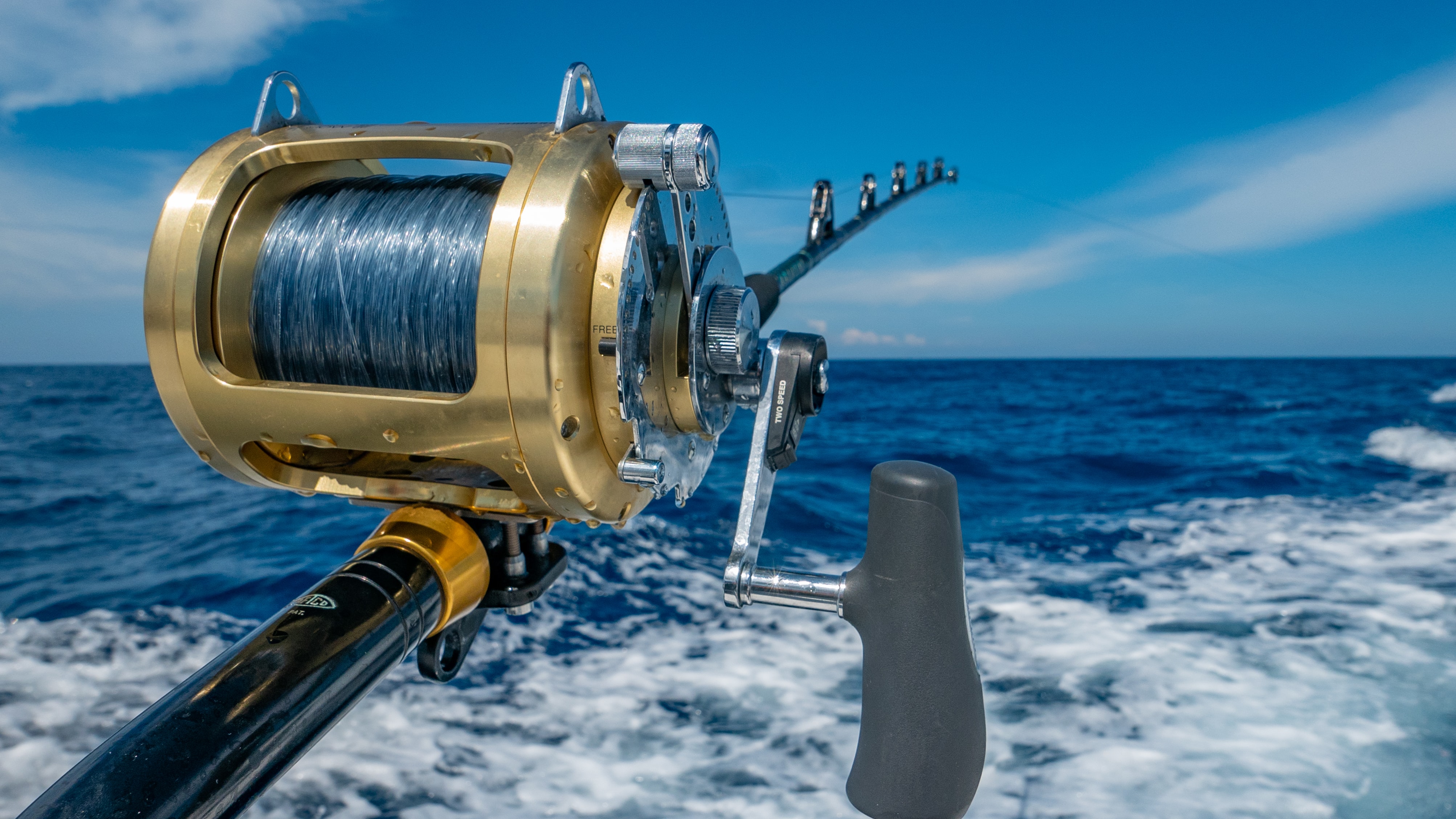Deep-sea fishing (also known as offshore fishing) involves heading out far from shore to the open ocean. Whether searching for blue marlin in the Florida Keys or bluefin tuna off the coast of Maine, deep-sea fishing offers an adrenaline-filled opportunity to encounter big game species unique to the area.
New technology in electronics, safety equipment, and fishing tackle has made offshore fishing more accessible than ever before. Still, many variables can affect your fishing trip. It’s important to carefully evaluate weather conditions and navigational charts before venturing out into the deep blue sea.
If you’re an intermediate to advanced angler seeking adventure, check out our comprehensive guide to deep-sea saltwater fishing.
Deep-Sea Fishing Tips
Here are some suggested areas below to find fish offshore:
Rocks and Reefs
Rocks and reefs have some of the best deep-sea fishing opportunities. These types of areas provide a haven for fish to hide from strong ocean currents and those higher up in the food chain.
Common reef-dwelling species include blackfish, grouper, snapper, tuna, wahoo, billfish, and more. Many may be living in the structure or patrolling the edges as far as 100 yards from the reef. They may be enticed to bite by sending a vertical jig to the bottom and quickly working it back up to the boat.
Navigational Aids and Tower-Like Structures
Some species seek refuge inside manmade structures, like towers and navigational aids. Others prefer to patrol around the perimeter. Use a fishfinder or recreational sonar to locate them. You'll also want to check local regulations, which may limit access to anglers.
Sea Mounts
Submerged sea mountains and hills help to divert the current and create excellent spots for deep-sea fishing. They also provide fish with favorable water conditions in terms of water temperature, light level, and saltiness.
» MORE: The Effects of Saltwater - What Is It Doing to Your Boat?
Look for variations on the surface such as ripples, rips, or tide lines. Fish will often stay in the same area, so try trolling. When you get one fish, mark the spot on the GPS and return to it to find more.
Canyons, Gorges, and Cliffs
Canyons, gorges, and cliffs along the Continental Shelf are good places to look for fish. To find these areas, identify variations in current or water temperature that intersect the shelf. These variations force nutrient-rich water up from the deep waters to fuel the entire food chain. As a result, sportfish like billfish and wahoo will hunt up there while grouper, snapper, and halibut linger at the bottom.
The Open Ocean
Fishing in the open ocean can prove to be a challenging task that only experienced anglers should attempt. To successfully target fish that live in the open ocean, specialized tackle, electronics, and boats are required.
» MORE: Recreational Fishing Boat Types
Safety Tips
When fishing in offshore waters, safety should always be top of mind. This is a responsibility that every boater and angler should take seriously.
Here are a few deep-sea fishing safety tips that should be followed:
- Check weather reports frequently. Conditions can change quickly. Monitor weather updates on your marine radio or through satellite data.
- File the U.S. Coast Guard float plan with a marina or responsible family member/friend. This will help provide accurate information about your trip to the holder in the event of an emergency.
- Ensure all passengers know where and how to access the safety equipment onboard.
- Check inventory for boat safety equipment and make sure items are working properly. Ensure all PFDs are in good condition, test flashlights, check the expiration dates on fire extinguishers, test your VHF radio and other safety equipment aboard the boat.
- Check your first aid kit to make sure any expired or missing contents are replaced and keep the kit in an accessible place.
- Make sure clothes and gear are suitable for offshore conditions.
- Ensure fishing gear and tackle (e.g., sharp hooks, gaffs, lures, and bait knives) are safely stored in a locked compartment.
- Pack extra supplies, including food and water, in the event you are offshore longer than intended.
Deep-Sea Fishing Species
There are several different types of fish species to discover in the open ocean. Here are a few of the common ones:
- Albacore
- Atlantic Cod
- Bigeye Tuna
- Sea Bass
- Marlin
- Grouper
- Bonefish
- Salmon
- Snapper
- Grouper
- Flounder
- Amberjack

